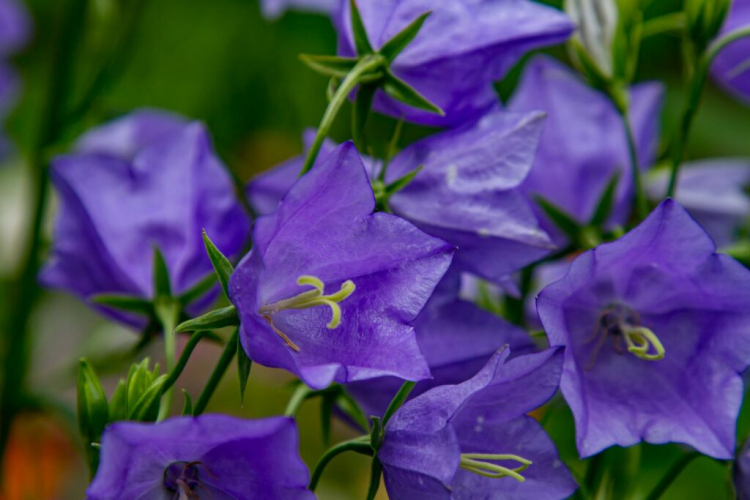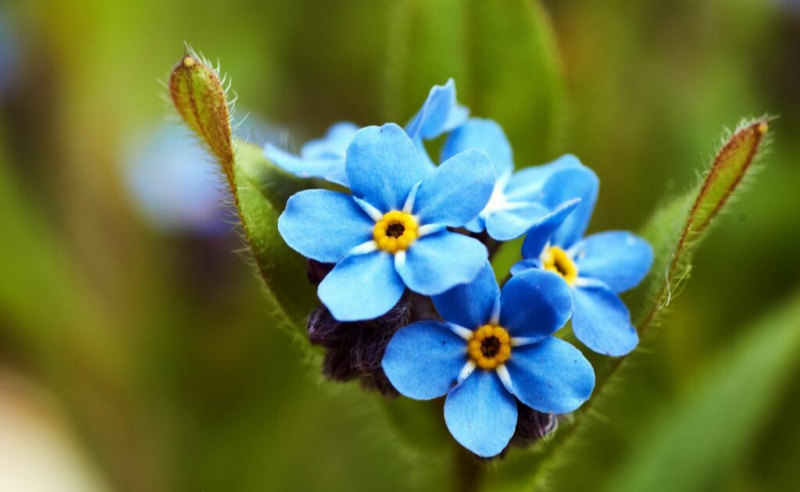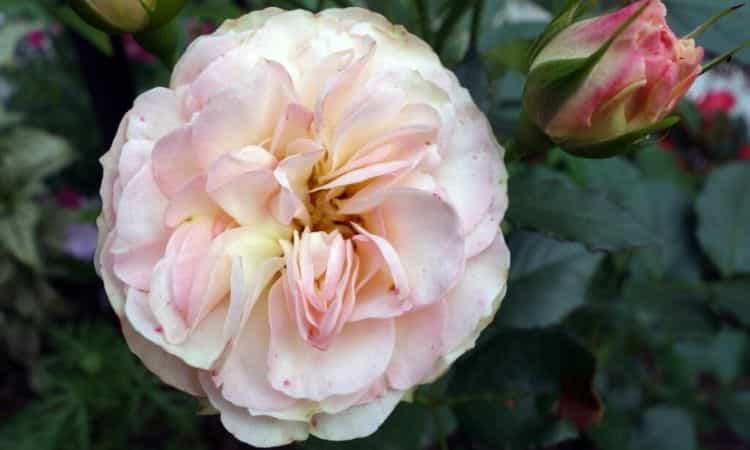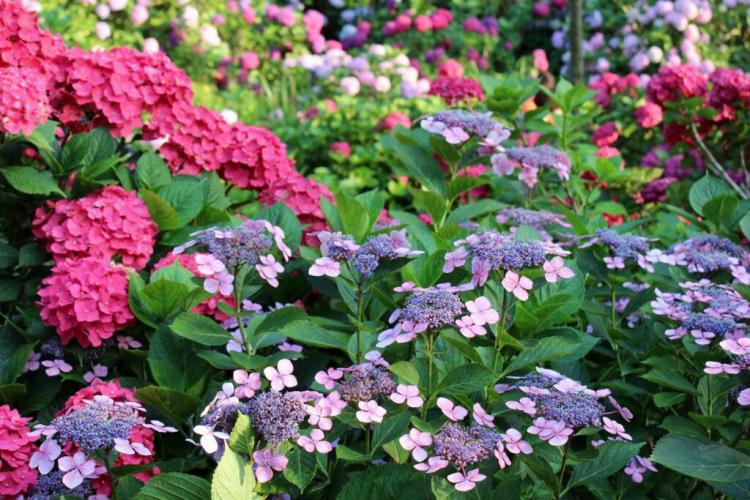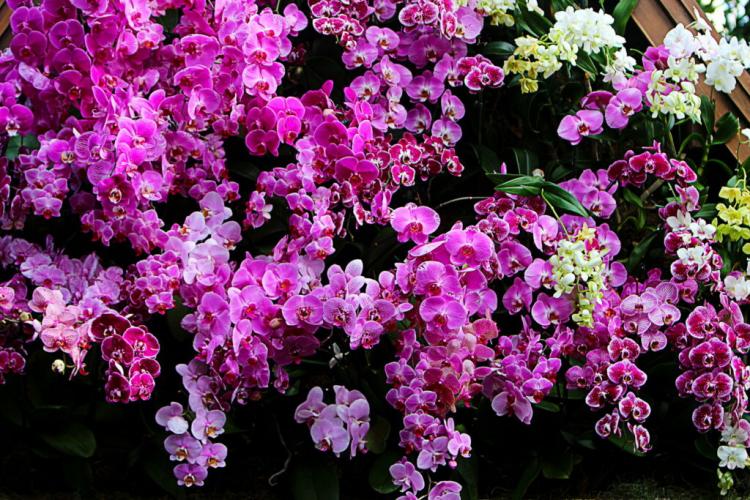Bellflower: Everything You Need To Know About Planting And Caring For The Campanula
The beautiful bluebells ring in the summer. Here you can find out everything you need to know from planting to caring for the bluebell in the garden. The graceful bellflower ( campanula ) seems to have sprung from the world of fairies. Let yourself be enchanted by their beautiful, delicate flowers and add their summer freshness to your garden.
Blue flowers have always been fascinating to people. In the time of romanticism, they were the symbol of love, longing, and infinity. Many poems have been written about it. Bellflowers also adhere to these ideas, because they shine in the most diverse shades of blue.
Bellflower: origin and characteristics
Table of Contents
Bluebells are a very large genus of plants. They can be found worldwide, but more in the northern hemisphere. As a constant companion, they can be found on the mountain meadows of the Alps as well as on the colorful flower meadow or at the edge of the forest. And because they are so delicate and beautiful, they have also conquered our gardens for over two hundred years. Mostly, bluebells are perennial. Its bell-shaped flowers shine in the most beautiful colors between white and purple. Be it pure white, strong blue, deep lilac, delicate pink, or spring-like lilac – everything is included with the bluebells.
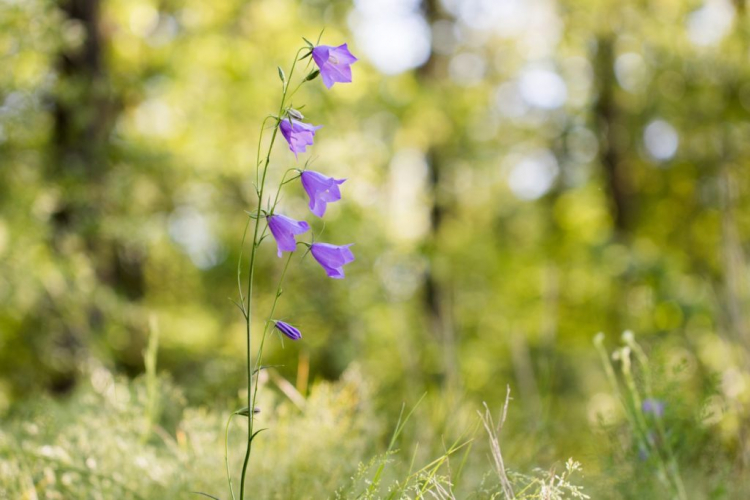
Blooming time of the bellflower
Bluebells bloom all summer, depending on the type and variety, the beautiful colorful flowers appear between May and August. The flowering period extends over a long period of time. This is perfect for pollinators like bees, hoverflies, or native butterflies.
Bluebell species and varieties
Bluebells are a very species-rich plant genus. Over 300 species of bluebells can be found worldwide. This does not even take into account all the varieties that have been bred in the meantime.
Peach-leaved bellflower
You may be familiar with the peach-leaved bellflower ( Campanula persicifolia ) from wild meadows and forest edges. The up to 90 cm tall variety ‘Grandiflora Coreolea’ in a beautiful blue-violet is pretty. The dwarf variety ‘Alba’ of the subspecies nitida, on the other hand, is completely different. It shines in white and is even ideal for rock gardens.

Hardy bluebell species
Many types of bluebells are easily hardy. This also includes the peach-leaved bellflower and the clustered bellflower ( Campanula glomerata ). You can find more winter-hardy bluebell species here.
Mary Bellflower
The Marienglockenblume ( Campanula medium ) may not be native to Germany, but it is still ideally suited for your garden. Its bulbous and delicate flowers have the perfect bell shape. Two beautiful varieties are the pink ‘Champion Pink’ and the double ‘White double’.

More bluebells
The bellflower family (Campanulaceae) not only includes genera that look similar to bluebells. This family also has a few surprises to offer, be it the Hawaiian palm ( Brighamia insignis ) or the great lobelia ( Lobelia rhynchopetalum ) from Ethiopia. You can read about which other plants the bluebells are related to in our article on bluebells.
Buying bluebells: what to watch out for
Bellflowers come in a wide variety of sizes and shades of blue, purple, pink, or white. Depending on the species, bluebells are more ground cover or more perennials. These are of course important decision criteria. However, you should pay particular attention to the life cycle of the plant. Most bluebells are perennial, but annual or biennial species are also found. Perennials are often hardy, but some are more than others. Take this into account if you live in a rougher region.
Planting bluebell
The right location for a bluebell is definitely a sunny one. Most species feel most comfortable in full sun, but they also like light shade. The soil should be slightly damp and very permeable to water. The plant with the eye-catching flowers, however, does not get wet feet at all. A humus substrate with a neutral or slightly alkaline pH value is the ideal substrate for your bellflower.

Planting bluebells in the garden
Depending on whether you have opted for a towering, small, and compactor creeping type of bluebell, the perfect planting location is always different. The possibilities are varied: In the rock garden, interspersed in a wild meadow, under light deciduous bushes, along a fence, or in the middle of the herbaceous bed. The bellflower must get a sunny or at most slightly shady place with humus or slightly humus soil.
To plant the bellflower, first, dig a hole twice the size of the root ball. Then put enough of the excavated and loosened soil back into the hole so that the top of the root ball is level with the surface of the earth when you put it in. Then give the rest of the soil around the planting ball. It is best to work some long-term fertilizer like organic flower fertilizer into the loose soil. This gives your bellflower an optimal start and provides it with all the important nutrients right from the start.
Now press the plant lightly and water it well. In the right place, bluebells usually reproduce on their own. Not that they overgrow anything, but they survive without any action. This happens on the one hand through seeds, on the other hand through runners. You can also propagate the plant in a targeted manner by sowing the seeds or dividing them.
You might so like: Holly: Everything To Plant And Care For The Shrub
Summary of the correct location for bluebells:
- Sunny or slightly shaded
- Slightly humus to humus substrate
- Earth slightly alkaline or neutral
- Good water permeability, no waterlogging
- Moist soil, only moderately moist in the rock garden

Bellflower in a pot for balconies and patios
In the past, bellflowers were particularly popular in pots. Of course, that is still possible today. The advantage is that the plant can be staged very well. Use commercially available garden soil for planting. This should be peat-free, as peat is slightly acidic and bluebells prefer neutral, if not slightly alkaline pH values. Organic potting soil is ideal, as it optimally supplies your plants with nutrients. If you mix a little more sand in the soil, you can increase the water permeability. For optimal water drainage, you can also place a pottery shard on the bottom of the pot. Be sure to use a pot with a drainage hole.
You might so like: Mugwort Plant: How To Grow, Harvest And Use
Bluebells as a houseplant
You can even keep bluebells as indoor plants. The star bellflower (Campanula isophylla ) is particularly suitable for this. This small-stature species from northern Italy also blooms in full splendor indoors in summer. Their claims are similar to those of other bluebells. She loves humus-rich and well-drained substrate, slightly moist soil, and lots of light. Direct sunlight is not exactly your thing, however, which is why you shouldn’t set it up too exposed. This plant, which blooms in different shades of blue or white, also looks very good in the room traffic light.
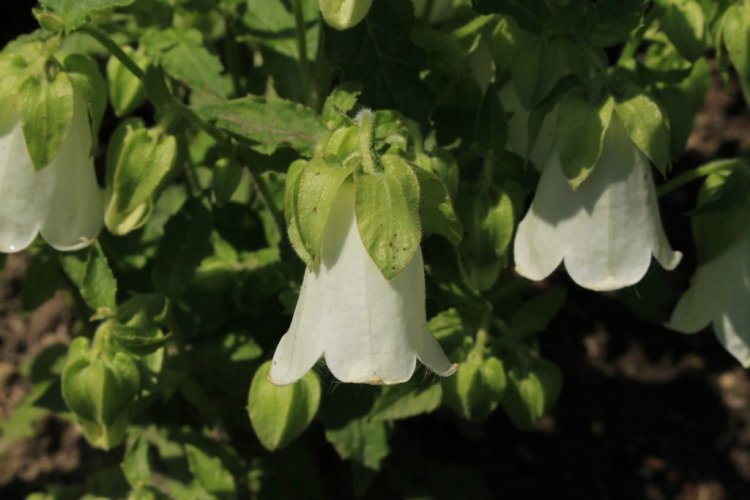
Caring for bluebells
Bluebells are not demanding. In spring to start growing, simply work some compost, (horse) manure, or organic flower fertilizer with long-term effects on the soil. In dry summers you should make sure that the plant gets moisture now and then. You should especially water potted plants regularly. Apart from that, bluebells do not require any further care – except possibly in winter, depending on the species, protection against frost.
Hibernate bluebells
Most bluebells are perennial and easily hardy. These species sprout freshly in spring. However, some biennial species such as St. Mary’s Bellflower are only biennial and not quite as winterproof. Therefore, put coniferous branches over the plant in winter to protect against frost. The few annual bluebell species do not survive winter.
Are bluebells poisonous?
With over 300 species, the bluebells are a very extensive genus. There is general disagreement as to whether some of these species are poisonous. What is certain, however, is that they are not fatal for humans. Poisoning is also very unlikely. On the contrary: the flowers of the plants are even edible. It may be different for some pets. It is therefore not advisable to specifically feed bluebells. You can find out more about the toxicity of bluebells here.
